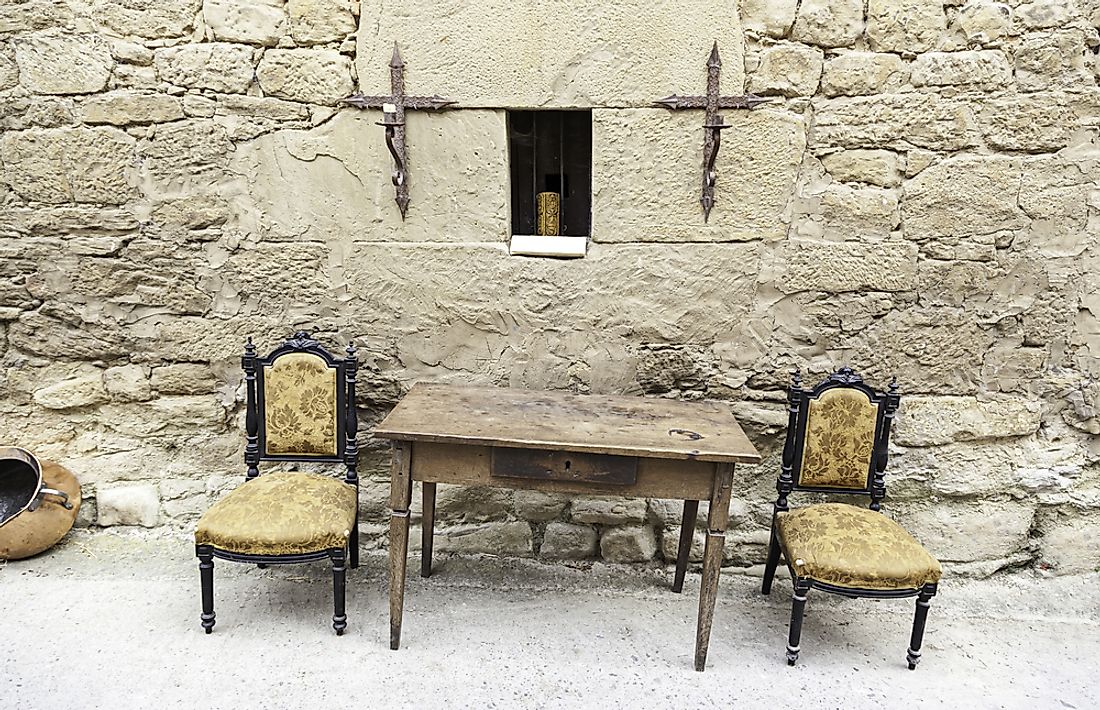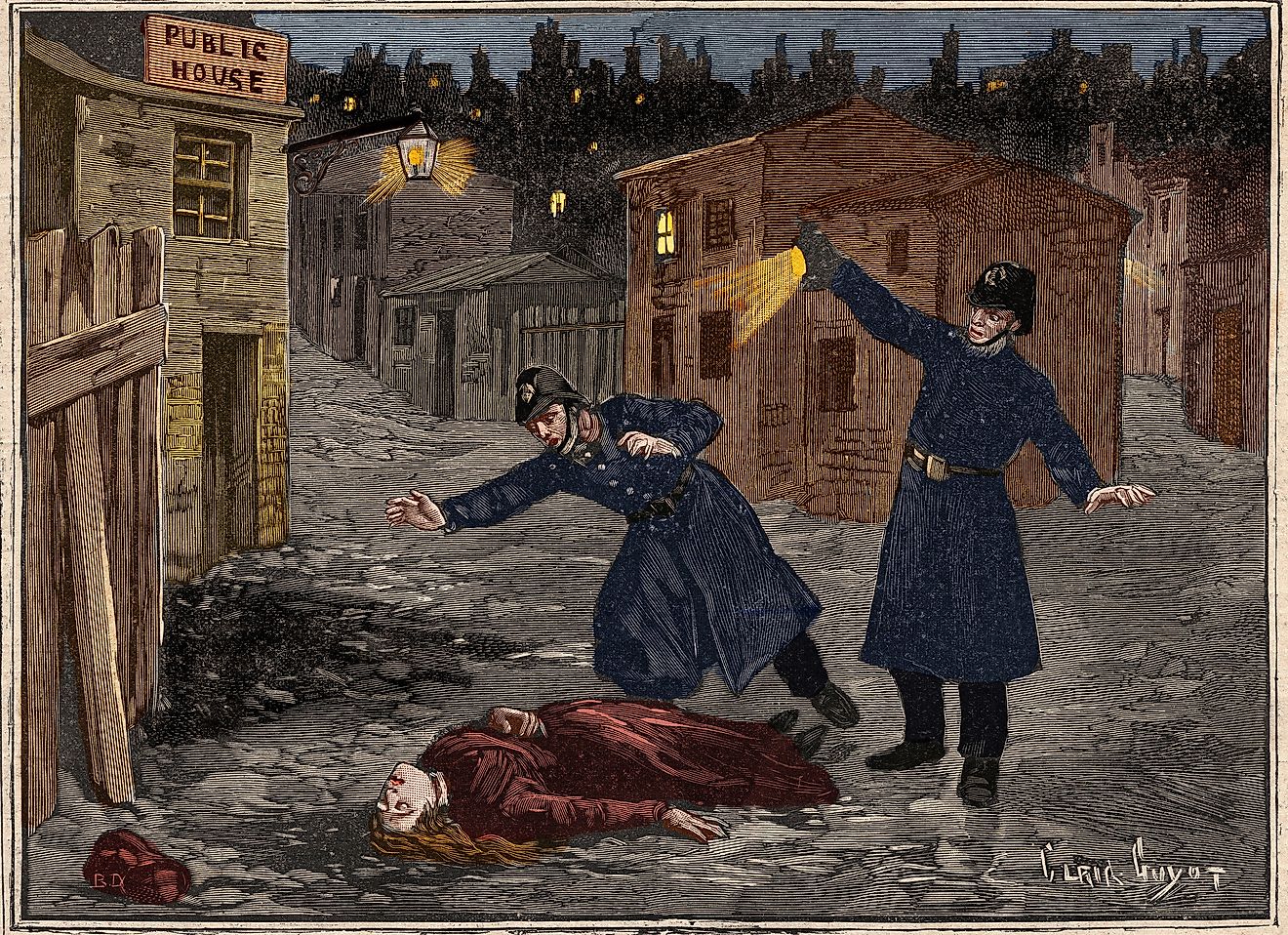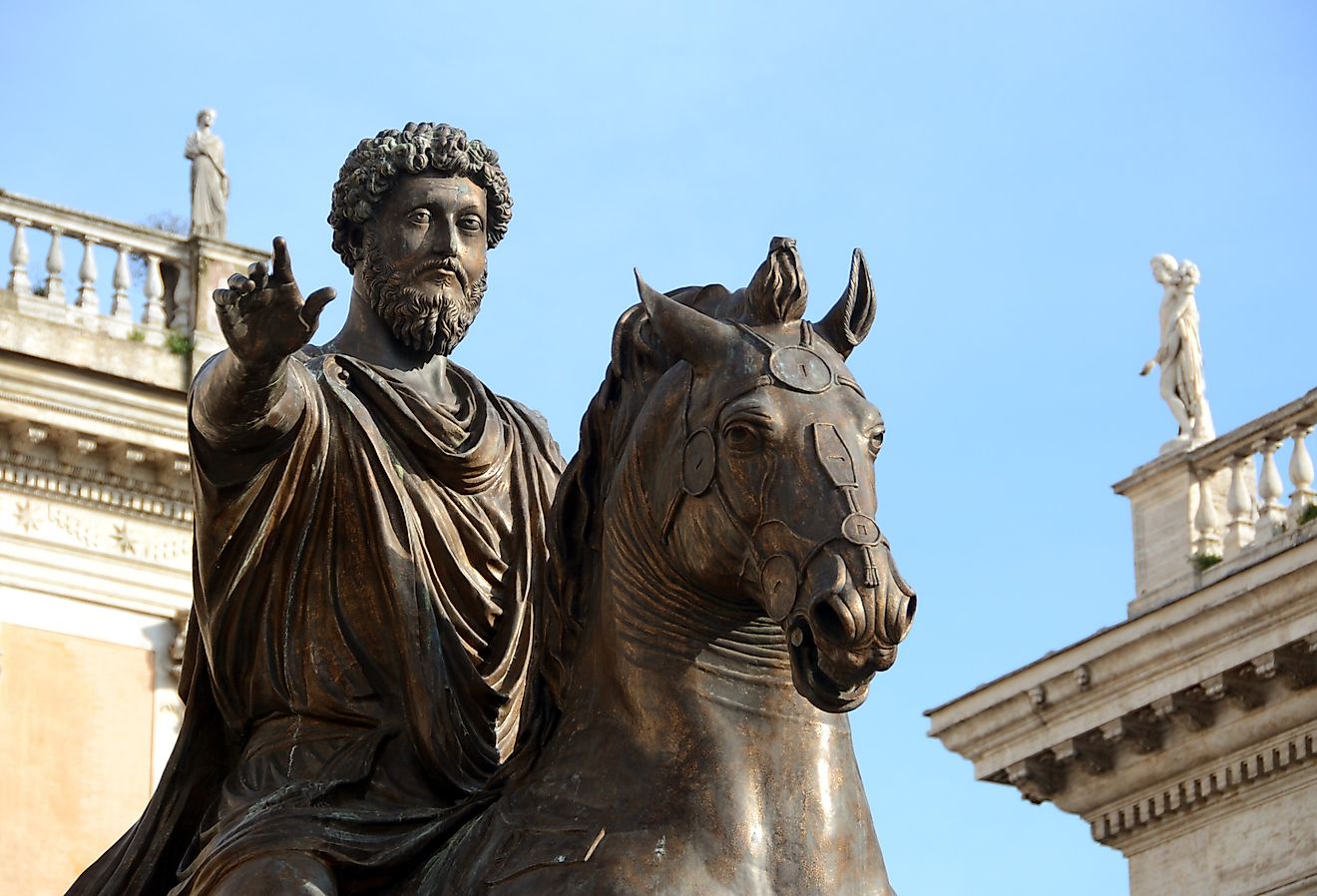What Was the Spanish Inquisition?

Introduction
The Spanish Inquisition was the inquisition in Spain that was state managed to maintain Jewish and Muslim allegiance to the Catholic orthodoxy in the 15th century. Catholic Monarchs Ferdinand II and Isabella I, who were from Aragon and Castile respectively, established the inquisition in 1478. Originally, the inquisition was to ensure full adherence to Catholicism by the forcible conversion of people who practiced Judaism and Islam (called "conversos"). This stern was intensified between 1492 and 1502 when Muslims and Jews were forced to convert or leave Spain.
Events During the Inquisition
The inquisition started when a Dominican friar known as Fray Alonso de Ojeda convinced the then Queen that conversos practiced Judaism secretly. Ferdinand and Isabella asked the Pope Sixtus IV to establish an inquisition of which the pope wanted the inquisitors to be priests who were forty years of age, but Ferdinand appointed one of the rulers from the monarch. The Pope’s approach was more moderate than Ferdinand’s. The inquisition began with the repression of conversos and the expulsion of the Jews. Conversos were not supposed to practice Judaism of which they had already given up. The inquisitors then saw that securing the converts alone was not enough and resorted to expelling those who refused to conform to the orthodoxy. Conversos were tried and persecuted.
The inquisition also included the suppression of Moriscos who were the Islam converts that were secretly practicing their religion. In 1502, Muslims were forced to change to Christianity or else they were expelled. Several Muslims were forcibly baptized in 1526. Moriscos, however, did not receive severe persecution as in the case of conversos since it was hard to identify relapsed converts since they guarded their privacy rendering it hard to prove suspicion against them. There were few cases of inquisition concerning Protestants as their number was small in Spain. The punishment of the reported cases was trials and prisoning.
Censorship and the Supression of Other Groups
In order to prevent the spread of different ideas, inquisitors introduced indexes of prohibited books. The inquisition reprinted some books including Spanish religious text in it. These printed books were majorly dedicated to spiritual work and the vernacular translation of the Bible. Other groups that underwent suppression include; witchcrafts of which the inquisition considered as superstition but could still persecute the people who practiced it. Blasphemy was a verbal offense whose sentiments compromised sexual morality, misbehavior of clergy, and comments regarding religious beliefs, bigamy which involved restriction of divorce and only permitting it under unavoidable circumstances, offenders were punished, and possibly killed. The inquisition also banned sodomy and Freemasonry, and anybody found doing the vice was punished and perhaps persecuted.
Conclusion
History and modern literature often cite the Spanish Inquisition as an illustration of Catholic repression and intolerance. However, some of the modern historians have termed the events as exaggerated by the anti-Catholicism waves of the 19th century.











